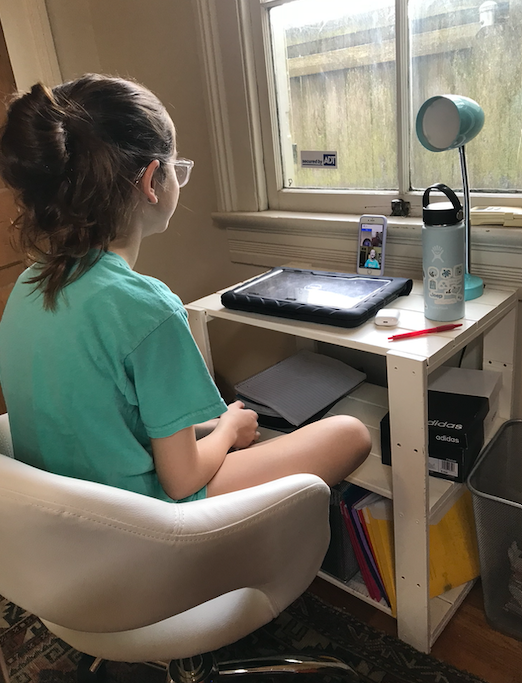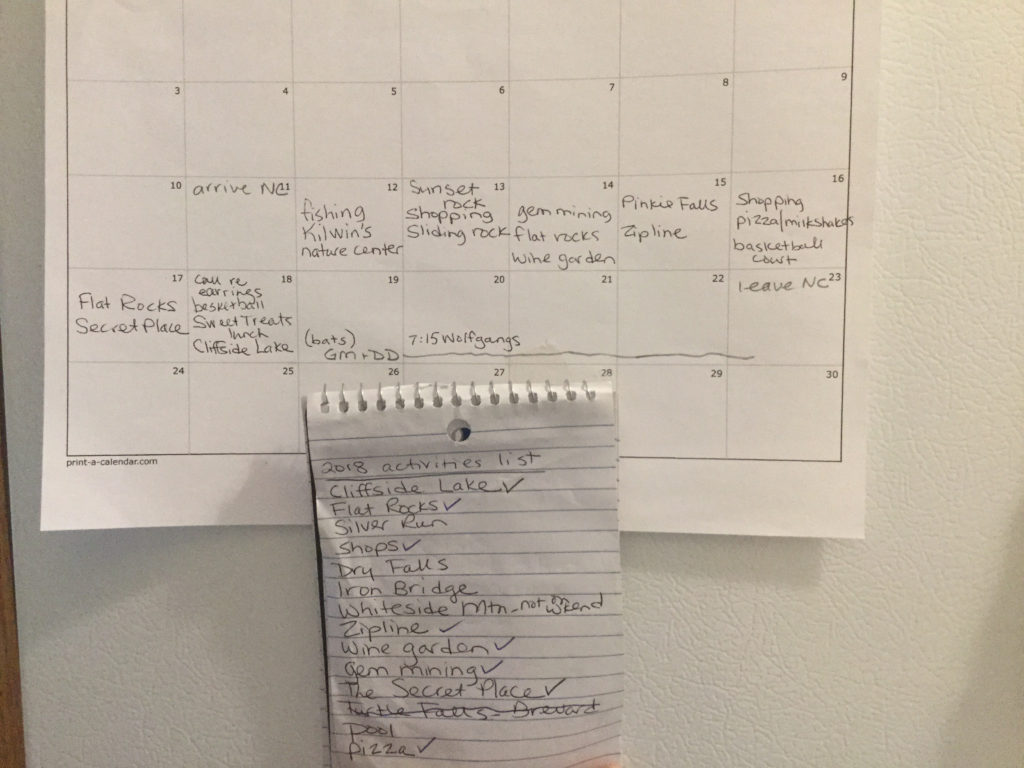
This week I’m trying something I haven’t done in awhile: Writing blog posts about an issue we’re all dealing with right now. I’ve encouraged parents from my community to subscribe to my blog, so we can build a forum about what’s on all our minds. So my writing will be less polished than I like it to be.
James, 13 and in 7th grade, has been homeschooled for about a year now. Margot, 11 and in 5th grade, just started online school on Wednesday. (Both pseudonyms.) So my take on this strange situation might be informative to some of you, and keep in mind that my professional experience with Autism Spectrum Disorders is always in the back of my mind, no matter what. That applies to any child who might seem to lag behind maturity-wise, for any reason.
Neither of my kids is home schooled right now in the traditional sense. When I withdrew my son from private school last year, I immediately hired a teacher to home school him. So I’m not his teacher. My daughter’s school has a well-organized online program that she’s following pretty independently.
One recent wrinkle is that my son’s teacher, the great Mark Gambino, has had fever and has been teaching him by Skype for the past two days. Because he’d already established a strong routine, it’s going fine. But James has still given me a hard time about going out to the back building where he does school every day and wearing shoes.
BIG PICTURE OBSERVATIONS
- Those who need the most help resist it the most. So a parent’s job is to decide what they need to push, and what they can let slide. One thing to push: school has a consistent time and place. One thing to let slide: anything “extra.”
- Often, the parent who is available isn’t the one who can work well with the children. That’s absolutely the case at my house and has been since toddlerhood. But my husband’s even worse than I am! Get well soon, Mr. Gambino.
- My friend Jen, Director of the New Orleans Health Department, said something really important the other day: “I don’t have the bandwidth to deal with that right now.” Keep in mind that your child has less bandwidth than usual right now. And s/he probably isn’t as polite as Jen when letting you know.
- When dealing with low bandwidth, start expectations low, and go even lower if they can’t meet them independently.
- Despite what you read on the Internet, this is not your chance to become a star home schooler and expose your child to all sorts of new ideas and take advantage of all the wonderful resources out there for free. Unless that’s what THEY want. That’s not going on in my house, for the record.
- This IS your chance to see how your child does with less stimulation in the learning environment. This situation would have convinced me to home school James much earlier than I did. You’re removing all of these overstimulating factors: locker, walking class to class, finding needed materials, remembering PE uniform and other equipment, social innuendo, the sheer length of the school day, after school activities, face-to-face interactions with multiple teachers, concerns about detention….
That’s all for now. Please comment and let me know what topics you might want more of. Comments will encourage me to continue!
Hang in there.
It sounds like you have high executive functioning skills that enable you to be a good teacher of those much-needed…
It’s not pretty over here, but I’m getting it done.
Lynn, I applaud you as the anti-Insta-mom. You know where their homes are home-tour ready, their kids are well-heeled, and…
That’s such a good question that I’m going to do some research today and write about it tomorrow. Thanks, Cate!…










Sorry, Juli, just saw this. You make a great point, and that’s a common situation. Short answer is you BOTH…